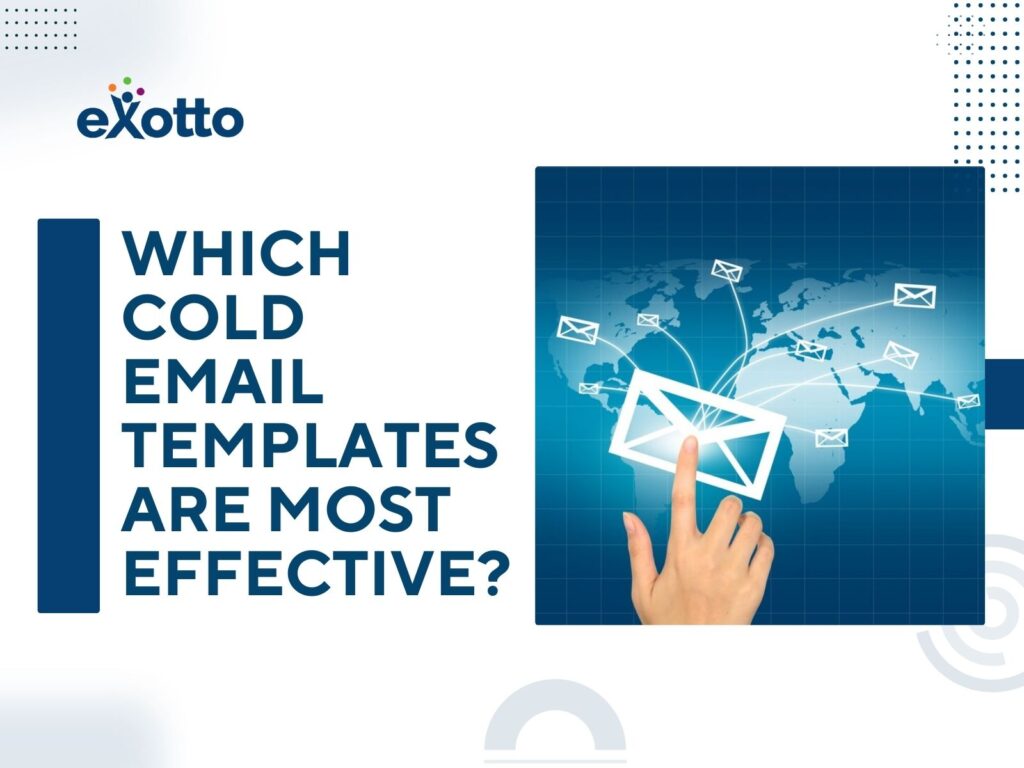One effective weapon in the B2B marketing toolbox is cold emailing. A well-written cold email can lead to new business ventures, collaborations, and sales. However, only some templates for a cold email are made equal. Knowing which templates work best might mean the difference between an email that gets ignored and a successful business relationship. This post will examine the essential components of effective cold email templates and suggest what functions best in a business-to-business setting.
Importance of Personalization
Personalization is a critical element of a successful cold email campaign. Generally, people quickly discard generic emails that have been sent in bulk. Customizing an email to a recipient’s unique requirements, interests, and pain points is known as personalization.
Subject Lines That Grab Attention
The subject line is the first thing the email receiver notices, significantly influencing their decision to open the message. A good subject line should be short, engaging, and relevant. Adding the recipient’s or company name can also increase the likelihood of the email being opened.
Example:
- “John, see how [Recipient’s Company] can benefit from our solution.”
- “[Recipient’s Company] + [Your Company]: A potential game-changer”
Crafting a Compelling Opening Line
The first sentence of an email must pique the reader’s interest. This is where you explain your message and why the reader should keep reading. It might work wonders to mention the recipient’s recent success or a shared interest.
Example:
- “Congratulations on [Recipient’s Company] ‘s recent expansion! I believe our solutions can help you scale even further.”
- “I noticed you were featured in [Publication], and I’m impressed by your insights on B2B marketing.”
The Body: Delivering Value
The goal of your email and how it will help the receiver should be apparent in the email’s body. It’s essential to concentrate on the value offer as opposed to giving a thorough presentation of your business. Emphasize how your offering can help the recipient’s present circumstances or address a specific problem.
Highlighting Benefits Over Features
Decision-makers in B2B marketing are primarily concerned with how a good or service will help their company. Describe the observable advantages and results people may anticipate rather than just listing attributes.
Example:
- “Our software reduces the time spent on manual data entry by 40%, allowing your team to focus on strategic initiatives.”
- “By integrating our platform, [Recipient’s Company] can streamline its operations and save up to 30% on operational costs.”
Including Social Proof and Credibility
Social proof in your cold email templates can help you establish credibility and trust. This might involve case studies, endorsements, or mentions of well-known customers who have profited from your product or service.
Example:
- “Companies like [Well-Known Client] have seen a 50% increase in efficiency after implementing our solution.
- “Attached is a case study detailing how we helped [Client] achieve a 20% boost in sales.”
The Call to Action: Clear and Concise
Any cold email must include a compelling call to action (CTA). It needs to be easy to read, concise, and straightforward. Make sure your request is simple enough for the person to answer, whether for a demo, a call, or a meeting.
Example:
- “Are you available for a 15-minute call next week to discuss how we can support [Recipient’s Company]?”
- “Can we schedule a quick demo to show you how our solution works?”
Follow-Up: Persistence Without Being Pushy
An essential component of a cold email campaign is the follow-up email. Since many recipients might still need to reply to the initial email, a timely follow-up might help maintain engagement. It’s essential to be persistent without becoming overbearing. Every follow-up should offer something fresh or extra valuable to keep the recipient’s attention.
Example:
- “I am checking in to see if you had a chance to review my previous email. I’d love to discuss how we can assist [Recipient’s Company].”
- “Following up on my previous email, I thought you might find this case study relevant to [Recipient’s Company] ‘s goals.”
Analyzing and Optimizing Your Cold Email Campaigns
If you want to know which cold email templates work best, you must constantly evaluate and improve your efforts. Metrics like open, response, and conversion rates may be tracked to gain important insights into what works and what doesn’t. You may also improve your strategy by A/B testing various subject lines, opening lines, and calls to action (CTAs).
Tools for Tracking and Analysis
You can monitor and evaluate your cold email campaigns with several tools. With the help of platforms like HubSpot, Mailshake, and Yesware, you can make data-driven decisions to enhance your campaigns by accessing comprehensive email performance information.
Conclusion: Crafting the Perfect Cold Email
When crafting the perfect cold email, a compelling call to action, credibility, value delivery, and personalization are all essential. You can create compelling cold email templates that increase engagement and accelerate conversions in business-to-business (B2B) marketing by highlighting the benefits of your service and stressing the recipient’s demands. Your email campaigns will be more successful if you keep researching and optimizing them, which will help you remain ahead of the competition in the fiercely competitive world of B2B marketing. Discover the secrets to crafting irresistible cold emails that get results—Contact Us to learn more!”
Key Points
- Personalization is crucial; tailored emails addressing the recipient’s specific needs and interests yield higher response rates.
- Clear, concise, and compelling subject lines significantly increase open rates and initial engagement.
- A strong, value-driven call-to-action (CTA) encourages recipients to take the desired next step, boosting conversion rates.

